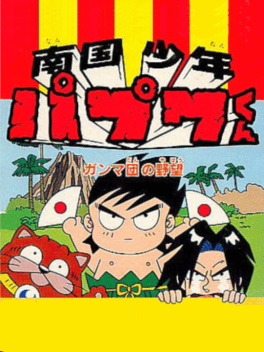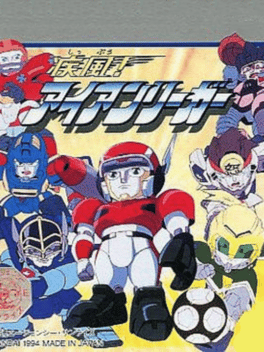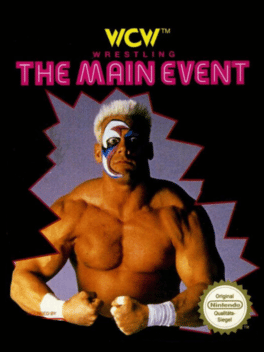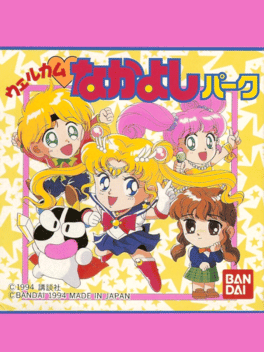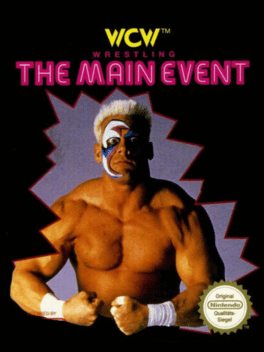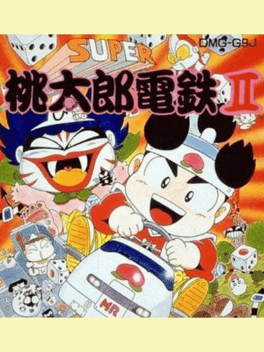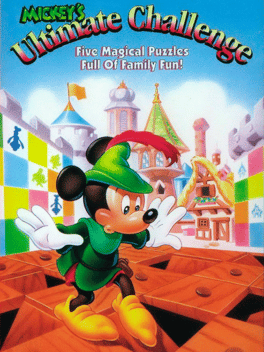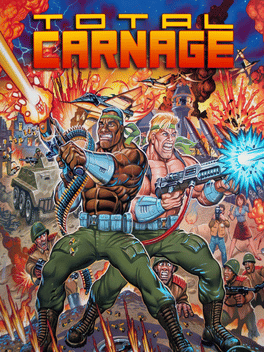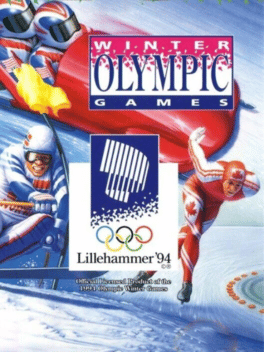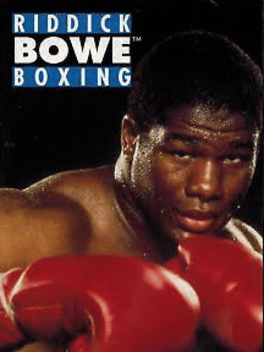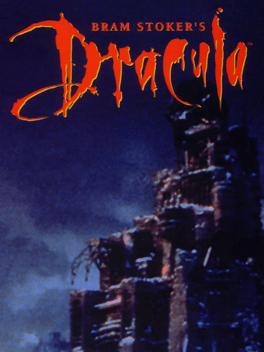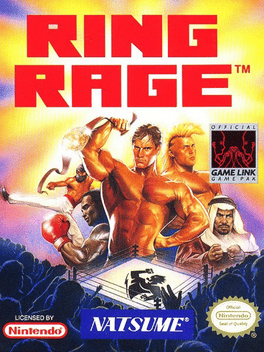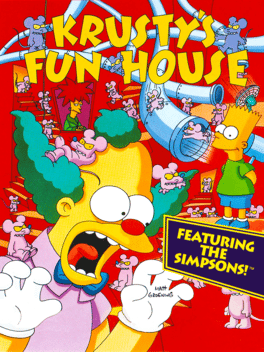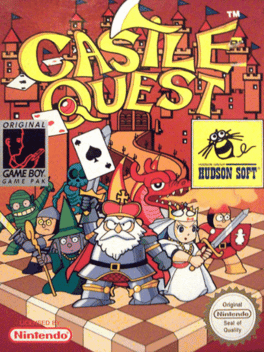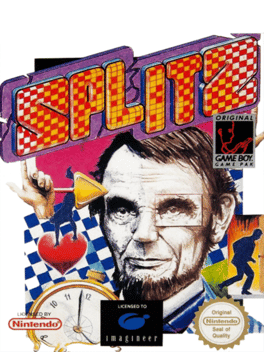New Gb Games - Page 26
-
Nangoku Shounen Papuwa-Kun: Ganmadan no Yabou
1994
Welcome to Papuwa Island, where the wildlife is strange and the locals are even weirder! This is a solid little Action Puzzle game based on an old comedy manga/anime series that doesn’t seem to be very well known outside of Japan. The title may ring a bell thanks to the Super Famicom game of the same name (with its own fan translation provided by Frank Hughes), which, while both looking and playing completely differently to this game, was actually released on the exact same day! The aim of this game is to destroy all of the blocks in a level in one punch (after charging the strength of the punch with the A button). The blocks will regenerate after a couple of seconds if you didn’t manage to take them all out at the same time. By pushing and pulling barrels into the correct position - while avoiding enemies - you can force the shockwave from Papuwa’s punch to split off into different directions. By failing to destroy all of the blocks with the first punch, you do actually get the opportunity to collect some -
WCW: The Main Event
1994
WCW: The Main Event
1994
WCW: The Main Event is a professional wrestling video game. Choose your fighters among top-ranked superstars. Each wrestler has his unique special move along with punch, clothesline, bodyslam, suplex, dropkick, and cross body block. Use your unique abilities to fight in one of two match types to maybe even throw one's opponent out of the ring! -
Welcome Nakayoshi Park
1994
"Welcome Nakayoshi Park" is a video game released for Nintendo Game Boy by Bandai in 1994. -
WCW Wrestling: The Main Event
1994
WCW Wrestling: The Main Event is a WCW themed wrestling game exclusive to the original Game Boy. -
Super Momotaro Dentetsu II
1994
Super Momotaro Dentetsu II is a Miscellaneous game, developed by Make and published by Hudson, which was released in Japan in 1992. -
Total Carnage
1994
-
The Simpsons: Bart & the Beanstalk
1994
star 6Once upon a time... Bart Simpson had a cow, man. He traded it for some magic beans which grew into a giant beanstalk. If he can scale the stalk, overcome giant bugs, mash monstrous mice, and grab the Giant's loot, he'll become a zillionaire faster than you could say "I DIDN'T DO IT!" -
Winter Olympic Games
1994
-
Riddick Bowe Boxing
1994
-
Super James Pond
1993
-
Ring Rage
1993
-
Krusty's Fun House
1993
-
Castle Quest
1993
-
Splitz
1993
Splitz
1993
Splitz is a remake of the 1986 computer game Split Personalities. The gameplay is essentially the same as that game and resembles a sliding puzzle game but has a different set of pictures. Unlike traditional sliding puzzles all the pieces are not on the board from the start but are launched by the player from the top left corner of the board. The pieces can then be pushed horizontally or vertically with the goal being to recreate a picture which can be shown at any time by pressing a button. The game is timed and if a puzzle is not completed fast enough, one of three lives will be lost. All features from the original game are retained. This include doors that open and close and that can be used to push pieces out of play. They will then be put pack into the queue and be ready to be launched again. There are also various bonus items that can be pushed into each other for bonus points or time increases. Some items have negative effects such as bombs that explode after five seconds (and take a life away). Bombs have
